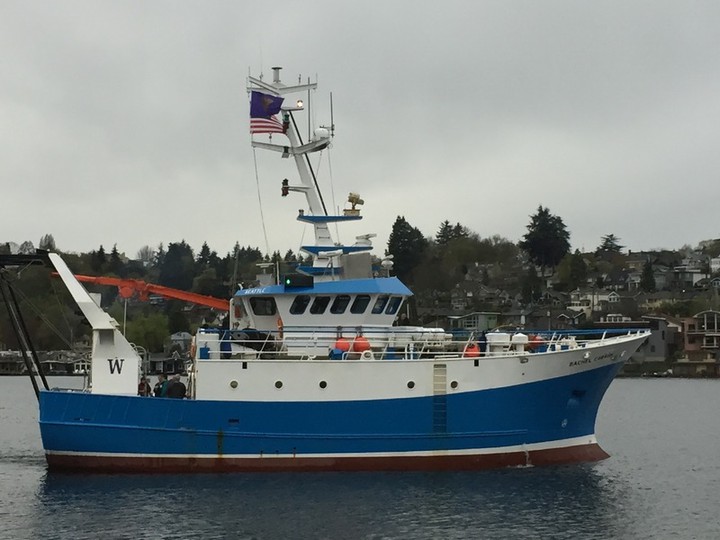Methane Plume Emissions from Puget Sound faults within the Cascadia forearc

Abstract
Methane gas plumes have been discovered to issue from the seafloor in the Puget Sound estuary. These gas emission sites are co-located over traces of three major fault zones that fracture the entire forearc crust of the Cascadia Subduction Zone. Multibeam and single-beam sonar data from cruises conducted in years 2011, 2018, 2019, 2020, and 2021 identified the acoustic signature of 349 individual bubble plumes. Dissolved CH4 gas from the plumes combines to elevate seawater methane concentrations of the entire Puget Sound estuary. Fluid samples from adjacent terrestrial hot springs and deep-water wells surrounding the estuary contain a helium-3 isotope signature, suggesting a deep fluid source located near the underlying Cascadia Subduction Zone plate interface. However, limited data from this pilot study suggest that Puget Sound seawater emission sites lack both similar chemical isotope signatures and elevated thermal anomalies that would be expected from association with a deep plate-interface reservoir. A shallow reservoir within the Holocene sediments that cover the older Puget Sound basement with horizontal transfer to the thinly covered Alki Point and Kingston Arch anticlines is also a possibility, as has been suggested for other methane seep areas. The existence of vigorous marine methane plumes arising from areas of thin sediment cover associated with deeply penetrating forearc fault zones but presenting no thermal or chemical anomalies found in other similar forearc environments, remains an unresolved paradox.